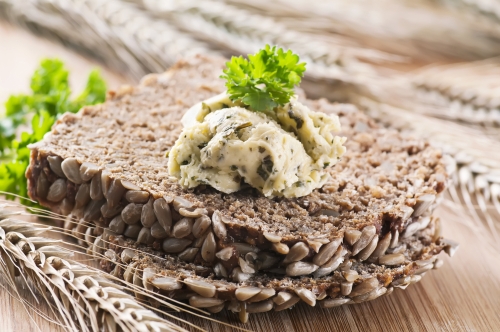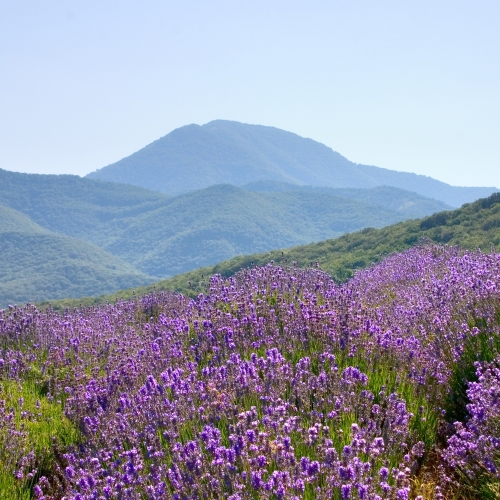For centuries, women have known about the power of ayurveda to help heal the mind, body and spirit. Through diet, lifestyle, exercise and cleansing, this 5000 years old tradition is positively transformational. Since we began, our skin care has fused the ancient wisdom of ayurvedic practices with powerful Western ingredients to deliver formulas that restore skin to natural radiance. It’s not about erasing age; it’s about promoting health, wellbeing and ageless living.
We crafted formulas to improve various skin types that work with each individual’s unique biochemistry, also known as your dosha. By using skin smarts as well as the teachings we’ve come to embrace, we have been balancing your skin to achieve the deepest level of body, mind and cellular consciousness. Through Vata, Pitta and Kapha, we produced visible results. Then came the introduction of Sakala, and along with treating skin dehydration and premature aging (Vata), redness and inflammation (Pitta) and excessive oiliness (Kapha), we began to bring skin into harmony. The Sakala formulas are tailored to your unique skin issue, treating all aspects while delivering true radiance. We call it euphoric harmony.
Sakala has become our strongest and most popular category. That’s why we’re expanding it to become our soul focus. Because with Sakala, skin care becomes a celebration of knowing what we possess inside, our inner beauty that leads to outer radiance.
Let’s glow on this journey together.








